As we enter an era of increased awareness of our planet’s delicate balance, green energy has moved from a fringe idea to a global imperative. The importance of renewable energy sources in mitigating the damaging effects of climate change is now a universally acknowledged fact. Technology plays an instrumental role in this transition, pushing boundaries and bringing solutions that were once deemed impossible to life. This article delves into the world of green energy, exploring its importance, the innovations in its key areas—solar, wind, and hydropower—and how technology continues to play a pivotal role in this realm.
The Importance of Green Energy

In the face of escalating climate change concerns, the importance of green energy cannot be overstated. Green energy, encompassing sources like solar, wind, and hydro, promises a cleaner, more sustainable future by drastically reducing our reliance on fossil fuels. These conventional energy sources, such as coal, oil, and gas, contribute significantly to global greenhouse gas emissions, leading to a warming planet. By making a shift towards renewable energy, we have the potential to limit global warming and avoid the catastrophic effects of climate change.
In addition to environmental benefits, green energy also provides economic advantages. With technological advancements, the cost of renewable energy has been declining, making it increasingly competitive with traditional energy sources. Green energy projects also have the potential to create numerous jobs, boosting local economies. For instance, the solar industry has been one of the economy’s fastest-growing sectors in several countries. Thus, green energy, backed by technological innovations, is not just an environmental need but also an economic opportunity.
Overview of Green Energy Technologies
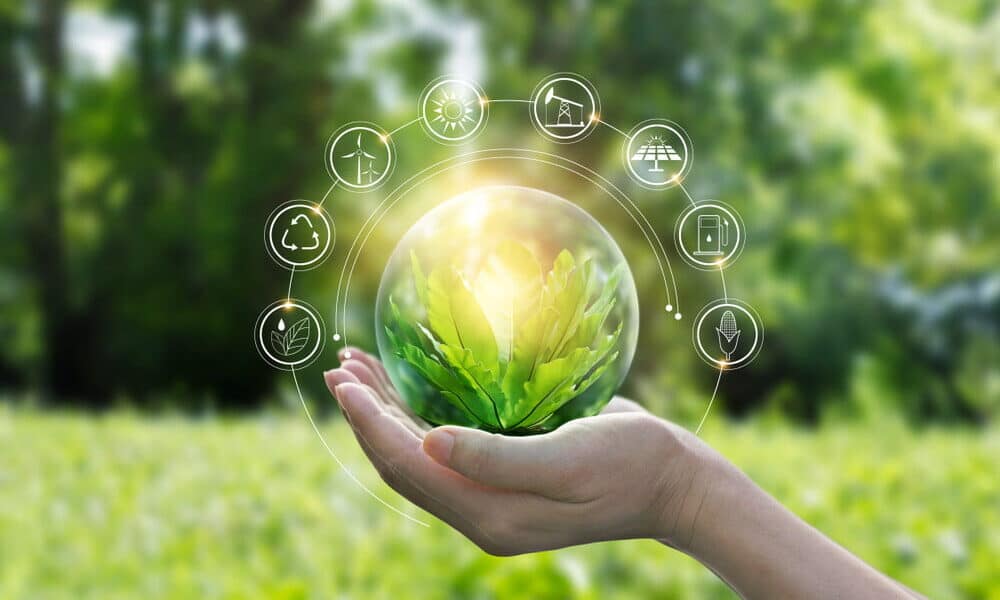
Our journey towards a green future is fueled by several technologies that tap into the Earth’s renewable resources. Among these, solar, wind, hydro, geothermal, and biomass technologies stand out due to their capacity to generate substantial amounts of clean energy.
Solar energy technologies primarily focus on converting sunlight directly into electricity using photovoltaic (PV) panels. Wind energy technologies employ turbines, usually placed in wind farms, to generate power from airflow. Hydropower is the most established form of green energy and uses water flow to generate electricity. Geothermal technologies tap into the Earth’s internal heat for electricity generation, while biomass technologies rely on organic material converted into heat, electricity, or biofuels. These technologies play a vital role in our transition towards a sustainable energy future.
Solar Energy Innovations

Solar technology has been one of the most significant game-changers in the world of green energy. While the basic mechanism of converting sunlight into electricity remains consistent, numerous technological advancements have made this process more efficient and cost-effective.
The development of new materials has been crucial in enhancing solar panel efficiency. For instance, perovskite solar cells have emerged as a promising alternative to traditional silicon cells due to their superior light absorption properties and flexibility. Moreover, solar technologies also focus on bifacial designs that capture sunlight from both sides, significantly increasing energy production.
Additionally, Concentrated Solar Power (CSP) systems are gaining prominence. These systems use mirrors or lenses to concentrate a large area of sunlight onto a small area. The heat is then used to produce steam that powers an electricity-generating turbine. These innovative techniques are revolutionizing the solar industry, promising a brighter future with green energy.
Wind Energy Innovations

The ever-evolving technology within the wind energy sector has paved the way for massive improvements in harnessing wind power. Modern wind turbines have grown enormously in size and capacity compared to their predecessors. The larger rotor diameters and taller towers enable turbines to capture more wind, generating more power than ever. Moreover, the recent introduction of floating offshore wind farms allows for the placement of turbines in deeper waters with high wind speeds, thereby further increasing energy generation potential.
Another significant innovation within the wind energy sector involves digital technology. With the integration of machine learning algorithms and data analytics, it is now possible to predict wind patterns more accurately, optimize turbine performance, and improve maintenance schedules. By leveraging digital technology, wind energy systems can operate more efficiently, reducing costs and increasing power output. These technological innovations signify a robust and prosperous future for wind energy.
Hydropower Energy Innovations
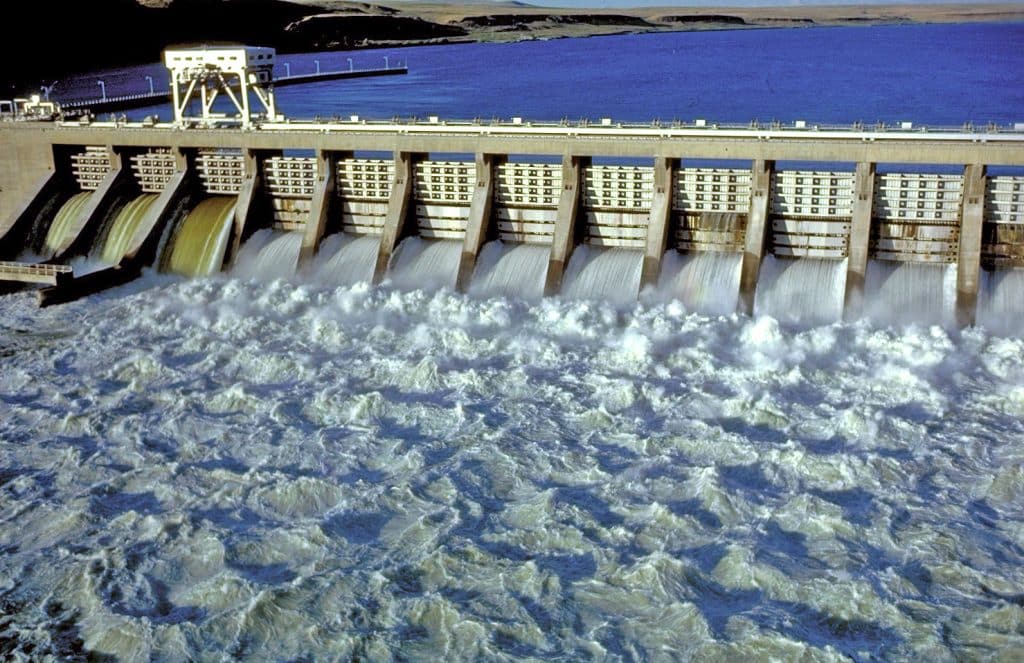
Hydropower, one of the oldest and most mature renewable energy technologies, has a long history of innovations. Yet, it continues to evolve and improve. Innovations in turbine technology, such as developing fish-friendly turbines, have made hydropower more ecologically sustainable. These newer turbine designs allow fish and other aquatic life to pass through hydropower dams safely, thus mitigating environmental concerns associated with traditional hydropower.
Another noteworthy development in the hydropower sector is the increasing focus on small-scale and ‘run-of-river’ hydropower systems. Unlike traditional large-scale dams, these systems have minimal environmental impact and are easier to install and operate. In addition, advancements in hydrokinetic technology, which generates power from free-flowing water without the need for a dam, are providing new ways to tap into the energy potential of our rivers and oceans. Such advances indicate that despite its age, hydropower is still a critical player in the green energy sector.
Geothermal Energy Innovations

Geothermal energy, a resource that taps into the Earth’s internal heat, holds enormous potential for clean, reliable power generation. Recent technological advancements in this field have expanded its range and efficiency. Enhanced Geothermal Systems (EGS) is a prime example of this. EGS drills deep into the Earth’s crust to access hot rock and uses a heat exchange fluid to create steam, powering a turbine and generating electricity. This technology makes geothermal power feasible in regions previously thought unsuitable.
Another significant innovation in geothermal technology is directly applying it to heating and cooling buildings. Ground Source Heat Pumps (GSHPs), which use stable ground or water temperatures, has become an energy-efficient alternative for temperature control in buildings for heating and cooling purposes. As technological innovations continue to expand the potential of geothermal energy, we can expect it to play an increasingly significant role in our green energy future.
Biomass Energy Innovations
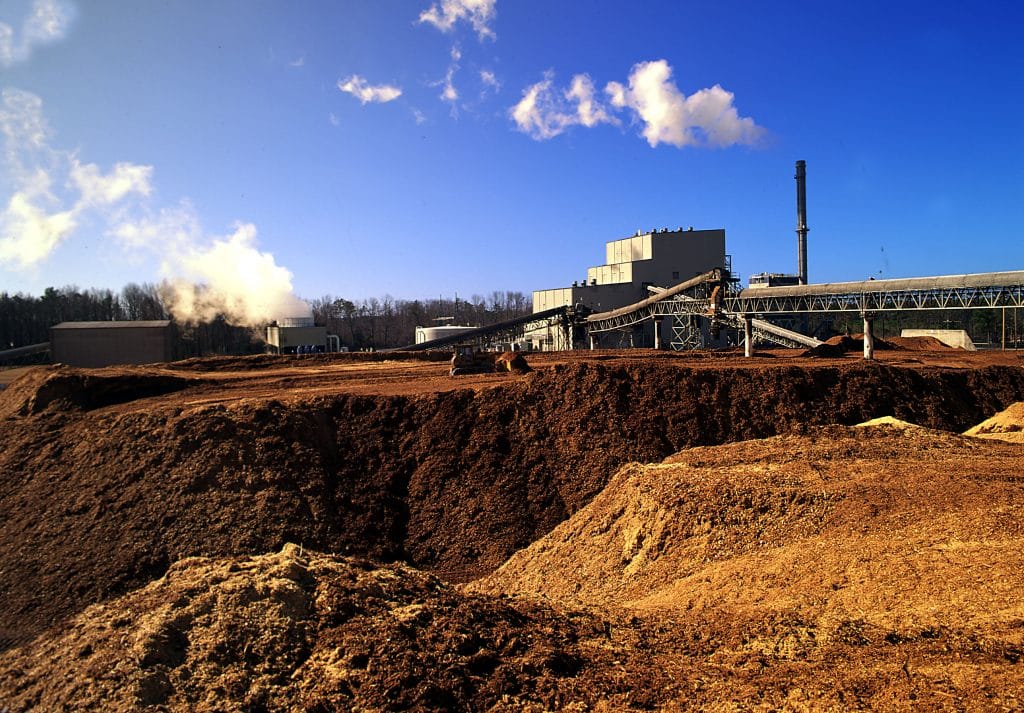
Biomass energy, derived from organic materials such as plant and animal waste, presents another facet of the green energy spectrum. Advancements in biomass technology have focused on improving the conversion processes to extract more energy and reduce waste. The development of advanced biofuels, including cellulosic ethanol, is one such innovation. These fuels are derived from non-food sources like agricultural residues and other forms of waste, offering a more sustainable alternative to traditional biofuels.
In addition, gasification processes have become increasingly sophisticated. This technology converts organic or fossil fuel-based carbonaceous materials into carbon monoxide, hydrogen, and carbon dioxide. The resulting ‘syngas’ can then be used to generate electricity or as a basic chemical feedstock in the petrochemical industry. As we continue to develop and refine these innovative technologies, biomass energy promises to be a reliable component of a sustainable energy system.
Integration of Green Technologies
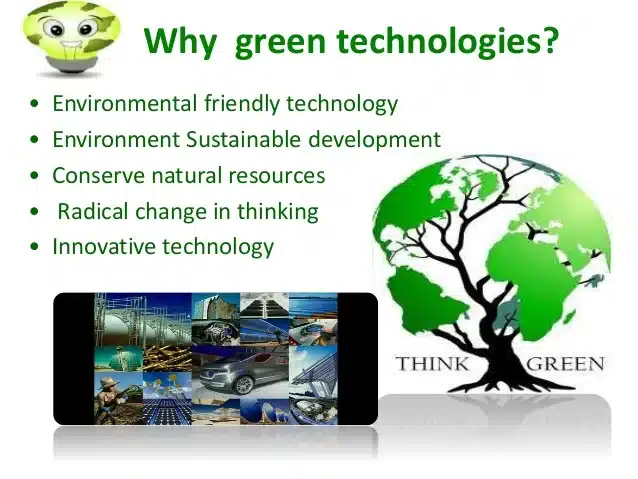
Integrating various green technologies is an exciting frontier in pursuing a 100% renewable energy future. Smart grids, which use digital communication technology to detect and react to local changes in usage, play a crucial role in this integration. These grids can balance the supply and demand of electricity, accommodating fluctuations in renewable energy production and thereby enhancing the overall efficiency of energy usage.
Alongside smart grids, energy storage innovations are addressing the issue of intermittent energy supply, a common challenge with renewable sources like solar and wind. Advancements in battery technology, including the development of more efficient, cheaper, and longer-lasting battery systems, are central to this solution. In addition, promising research is underway in green hydrogen, which could offer large-scale, clean energy storage and transportation solutions.
Challenges and Solutions in Green Energy Adoption
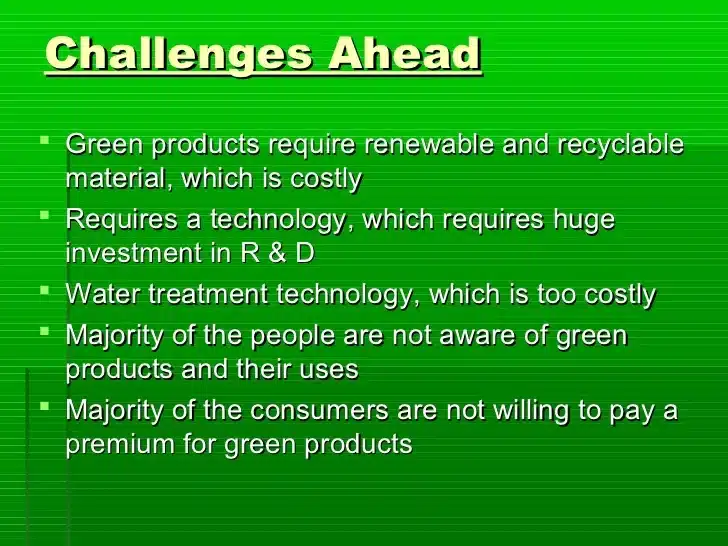
Despite the promising prospects of green energy, its adoption comes with certain challenges. High upfront costs, technological limitations, and intermittency issues can hinder the widespread adoption of green energy technologies. However, ongoing research and development are addressing these issues, bringing forward new solutions that make renewable energy more accessible and reliable.
Emerging financial models and incentives are reducing the economic barriers to green energy. Technology is also addressing scalability and storage issues. For instance, the use of AI and advanced analytics can optimize energy production, storage, and distribution, making renewable energy more reliable and efficient. Moreover, innovative solutions like microgrids enable energy independence and resilience at a community level, thus offering ways to overcome the challenges associated with integrating renewable energy into the existing power grid.
Future Perspectives of Green Energy Technologies
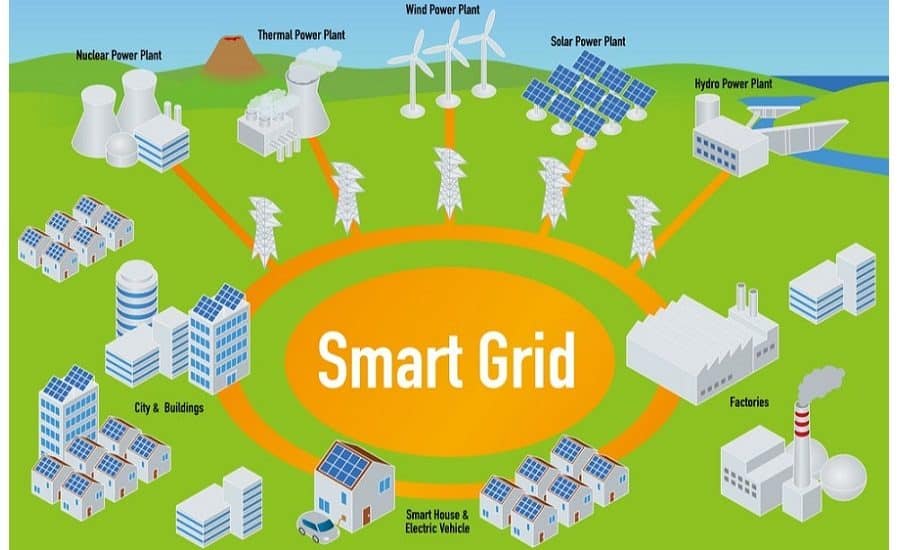
Looking ahead, the future of green energy technologies seems vibrant and promising. Emerging renewable energy technologies such as tidal power, which leverages the energy of ocean tides, and fusion energy, which seeks to replicate the sun’s energy generation process on Earth, are under active research and development. These could open up new avenues for green energy production.
The role of artificial intelligence and machine learning also holds immense potential in the green energy landscape. These technologies can optimize energy production, enhance grid management, predict maintenance needs, and increase the overall efficiency of renewable energy systems. While these technologies are still in their infancy, their potential to revolutionize the green energy sector is significant.
The Role of Policy in Encouraging Green Energy Innovations

Policy plays a significant role in promoting green energy innovations. Government policies and regulations that incentivize renewable energy use, fund research and development, and implement carbon pricing can drive significant growth in the green energy sector. International agreements and cooperation also hold the key to driving global green energy innovation.
Examples of successful policy-driven green initiatives abound. In countries like Germany, Denmark, and China, favorable government policies have driven substantial growth in renewable energy infrastructure. In addition, international initiatives such as the Paris Agreement have established a global framework for promoting green energy. These cases illustrate how sound policies can stimulate the development and adoption of green energy technologies, paving the way toward a sustainable energy future.
Final Reflections on Green Energy and Technology’s Role
As we reflect on the rapidly evolving landscape of green energy innovations, it’s clear that technology has played, and continues to play, a transformative role. The advancements in various green energy sectors—solar, wind, hydropower, geothermal, and biomass—demonstrate the immense potential of renewable energy sources in shaping a sustainable future. However, the journey is not without its challenges. Technological limitations, economic barriers, and policy implications all play significant roles. Yet, as we continue to push the boundaries of innovation, develop new strategies for integration, and build supportive policies, the promise of a clean, green energy future appears increasingly within reach. It is a future where technology harnesses the power of the elements, converting sun, wind, and water into the clean, renewable energy that powers our world.


